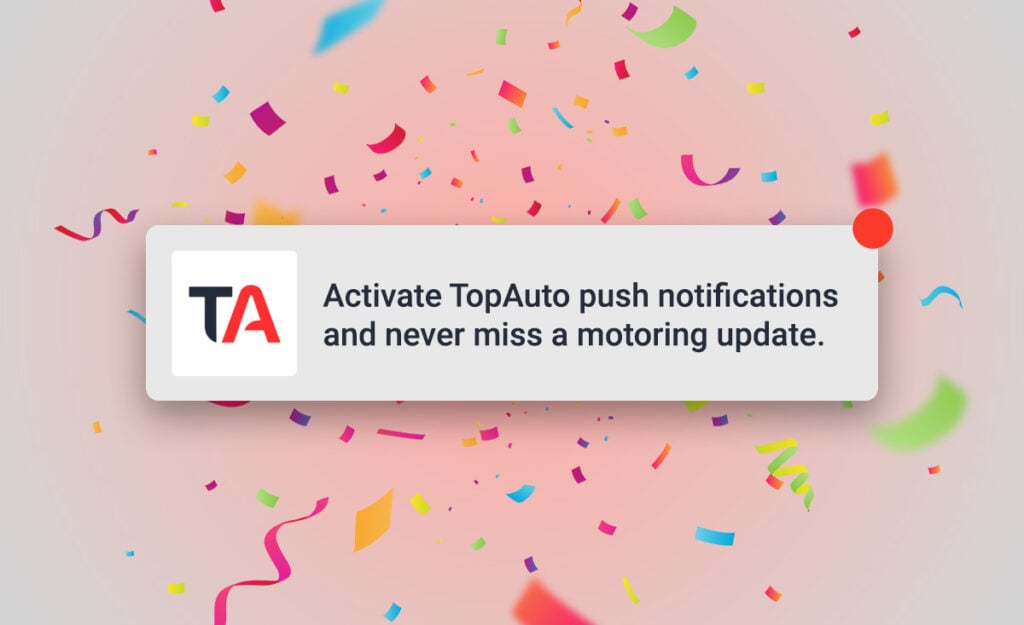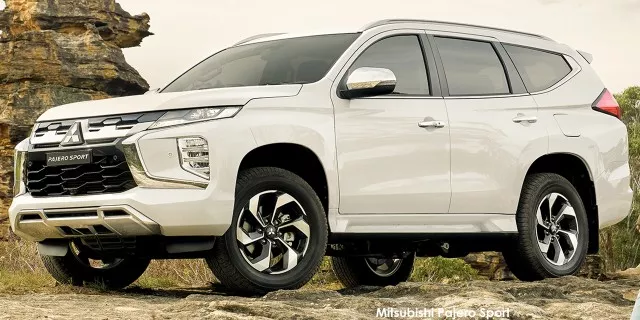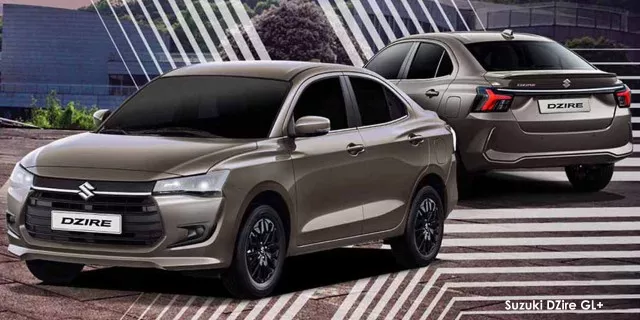How much you’ll save on petrol with South Africa’s cheapest plug-in hybrid

South Africa recently welcomed a new plug-in hybrid vehicle (PHEV) in the form of the BYD Sealion 6.
The Sealion has the honorary distinction of being the most affordable PHEV in the country, and it’s not even a particularly close margin.
The previous “entry-level” PHEV was the BMW X1 xDrive30e with its asking price of R1,050,000, while the new BYD clocks in at the comparatively low price of R639,900.
This means the cost of entry to plug-in hybrids has dropped by a staggering R400,000, making it the most accessible it has ever been for the average household.
Of course, the real question is whether the PHEV is worth the hype, which all comes down to how much it can potentially save its owners on fuel.
Best of both worlds
The Sealion 6 is available with one of two powertrain configurations that combine a petrol engine with an electric motor.
The first option uses a 1.5-litre, naturally aspirated petrol block paired with a front-mounted e-motor, which leads to a combined output of 160kW and 300Nm.
Importantly, the e-motor is powered by an 18.3kWh battery, which has the capacity to allow for up to 80km of electric driving.
There’s also a more potent setup that merges a 1.5-litre turbo-petrol engine with two e-motors for an impressive total of 238kW and 550Nm.
It uses the same 18.3kWh power cell, which means there is a tradeoff with a smaller electric range of 70km since more juice is needed to run the second e-motor.
One of the main reasons you’d consider a PHEV like the Sealion is its electric driving mode, which theoretically has the potential to save buyers a lot on petrol.
Discovery Insure previously revealed that most of its clients travels around 54km per day, which means the 70-80km electric range of the BYD should be more than enough for owners to meet their daily requirements like driving to work, the shops, or dropping the kids at school.
This raises the question of whether it is cheaper to run the Sealion in electric mode and charge it at home every night, rather than using a more familiar internal combustion engine vehicle.
TopAuto therefore looked at a selection of similarly-priced SUVs with petrol drivetrains to see how much they will spend on fuel over the same distance that the BYD runs on electrons.
To do so, we calculated the cost of petrol over 80km using the official fuel consumption figures for the Kia Sportage, Toyota Rav4, Mazda CX-5, VW Tiguan, and Haval H6
The calculations are based on April’s official fuel prices, which is currently sitting at R21.62 per litre for petrol 95 at inland rates.
The results are shown in the table below:
| Model | Fuel Consumption | Fuel used after 80km | Fuel Cost |
|---|---|---|---|
| Kia Sportage 1.6T-GDi GT Line | 6.3l/100km | 5.04 litres | R108.96 |
| Toyota RAV4 2.0 VX | 6.5l/100km | 5.20 litres | R112.42 |
| Mazda CX-5 2.0 Dynamic | 6.9l/100km | 5.52 litres | R119.34 |
| Volkswagen Tiguan 1.4TSI | 7.6l/100km | 6.08 litres | R131.45 |
| Haval H6 2.0GDIT 4WD Luxury | 8.3l/100km | 6.64 litres | R143.56 |
Of course, the Sealion’s electricity is not free, which means we also need to calculate the cost of recharging the battery.
Your choice of outlet matters greatly in this regard, as public fast chargers cost about R7.35 per kWh.
If you install a personal charger in your garage, this cost drops to roughly R3 per kWh depending on where you live, so PHEV owners are encouraged to charge at home whenever they can.
Assuming you do just that, it will cost approximately R55 to top up the 18.3kWh battery, and it could be even less if you have solar panels at your house.
This means the BYD Sealion 6 is roughly half as costly to run as the Kia Sportage, which is a rather economical model by SUV standards.
Other units, such as the Haval H6, are nearly three times as expensive to live with day-to-day, illustrating that PHEVs are indeed a good way to cut down on your travel bill.








